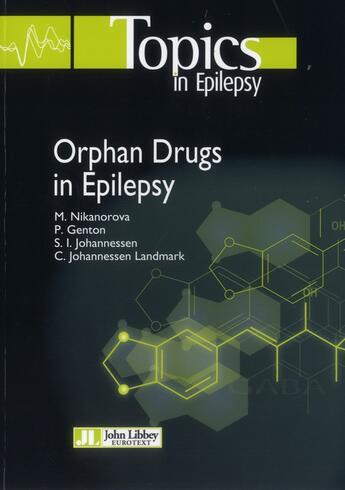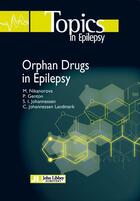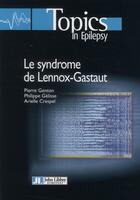-
Date de parution : 22/09/2011
-
Editeur :
John Libbey
-
EAN : 9782742008100
-
Série :
(-)
-
Support :
Papier
Résumé:
More than half of epilepsies start before the age of 20 years and nearly 25% of them are refractory.
A tiny proportion of them are even labelled a "rare illness", i.e. one affecting less than 200,000 people in the United States or less than 5 out of 10,000 people in the European... Voir plus
More than half of epilepsies start before the age of 20 years and nearly 25% of them are refractory.
A tiny proportion of them are even labelled a "rare illness", i.e. one affecting less than 200,000 people in the United States or less than 5 out of 10,000 people in the European Union.
For these patients, two problems in their management arise:
In children, seizures affect an immature brain and can impact its development. It is therefore essential to treat them so that brain development continues as normally as possible.
The rarity of these syndromes does not encourage the pharmaceutical industry to invest in research.
Therefore, there are few drugs available.
However, a few target syndromes with a particularly unfavourable diagnosis. This work outlines 6 molecules in detail that are specifically used in epileptic encephalopathies. Every aspect of these molecules is discussed, including drug development, indication, efficacy, cost, etc.
Drafted by international experts in the field of epileptology, it provides all the necessary information on orphan drugs and their clinical use.
Donner votre avis
















